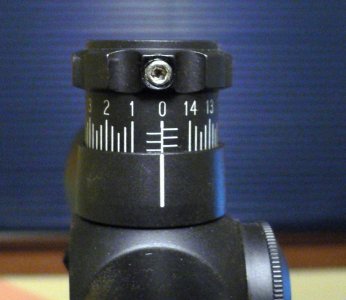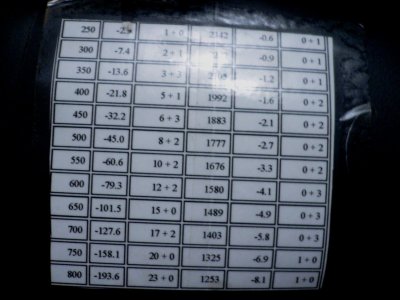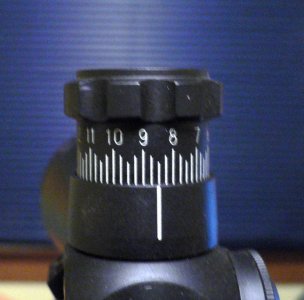Any long range shooters on here well versed in Mil Dot conversion? I have a question.
For example, I understand 1 MOA at 100 yards is 1.01", and can do the math as you add yardage. I also understand that 1 mil is roughly 3.5" @ 100 yards. I have found lots of conversion tables to adjust for a rifle with a 100 yard zero, but can't seem to find much on a 200 yard zero. My 308 is sighted at 200, but lets say I want to shoot 300 yards, which according to the ballistic data I have, my round will drop 7.7" from 200 to 300 yards. I am using a mil dot reticle. Would that be roughly 2 mils? (3.5x2= 7) Or does the mil holdover completely change because I have it zeroed at 200?
Been looking for something online, but can't find what I'm looking for.
Any help is greatly appreciated.
For example, I understand 1 MOA at 100 yards is 1.01", and can do the math as you add yardage. I also understand that 1 mil is roughly 3.5" @ 100 yards. I have found lots of conversion tables to adjust for a rifle with a 100 yard zero, but can't seem to find much on a 200 yard zero. My 308 is sighted at 200, but lets say I want to shoot 300 yards, which according to the ballistic data I have, my round will drop 7.7" from 200 to 300 yards. I am using a mil dot reticle. Would that be roughly 2 mils? (3.5x2= 7) Or does the mil holdover completely change because I have it zeroed at 200?
Been looking for something online, but can't find what I'm looking for.
Any help is greatly appreciated.



